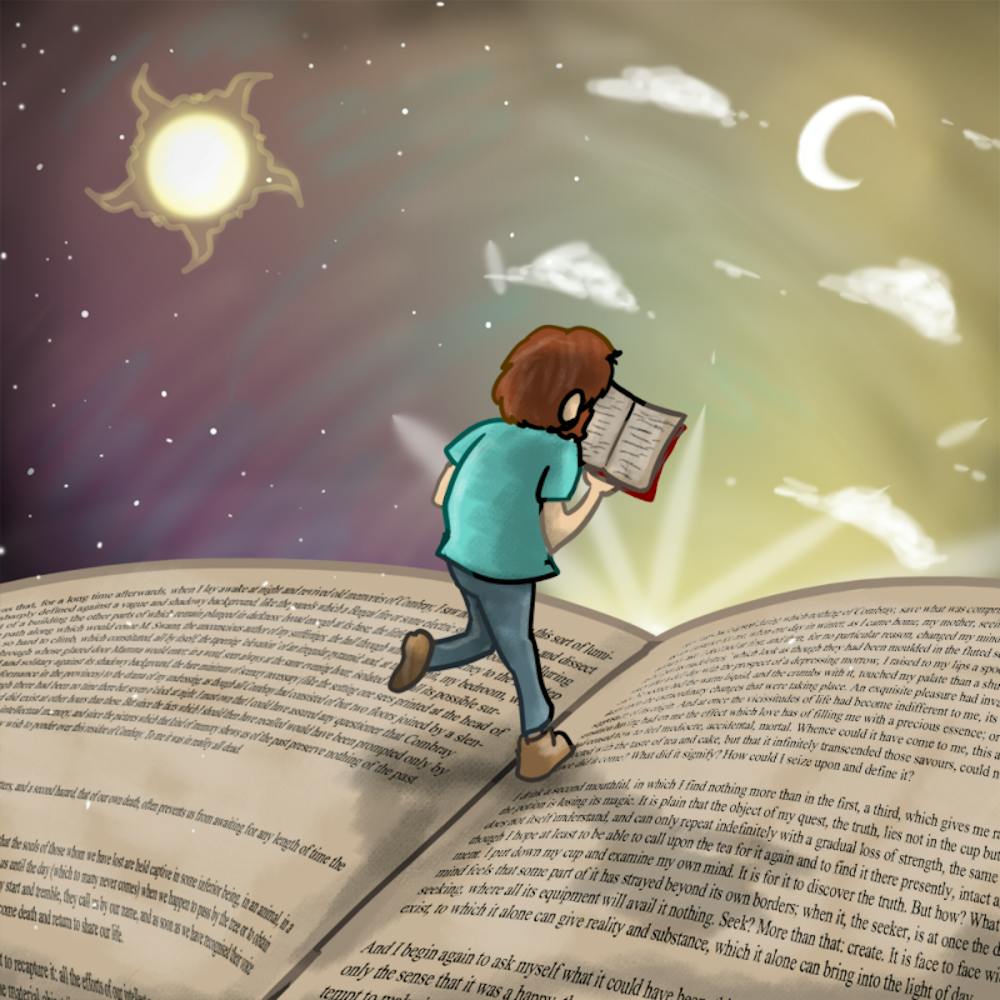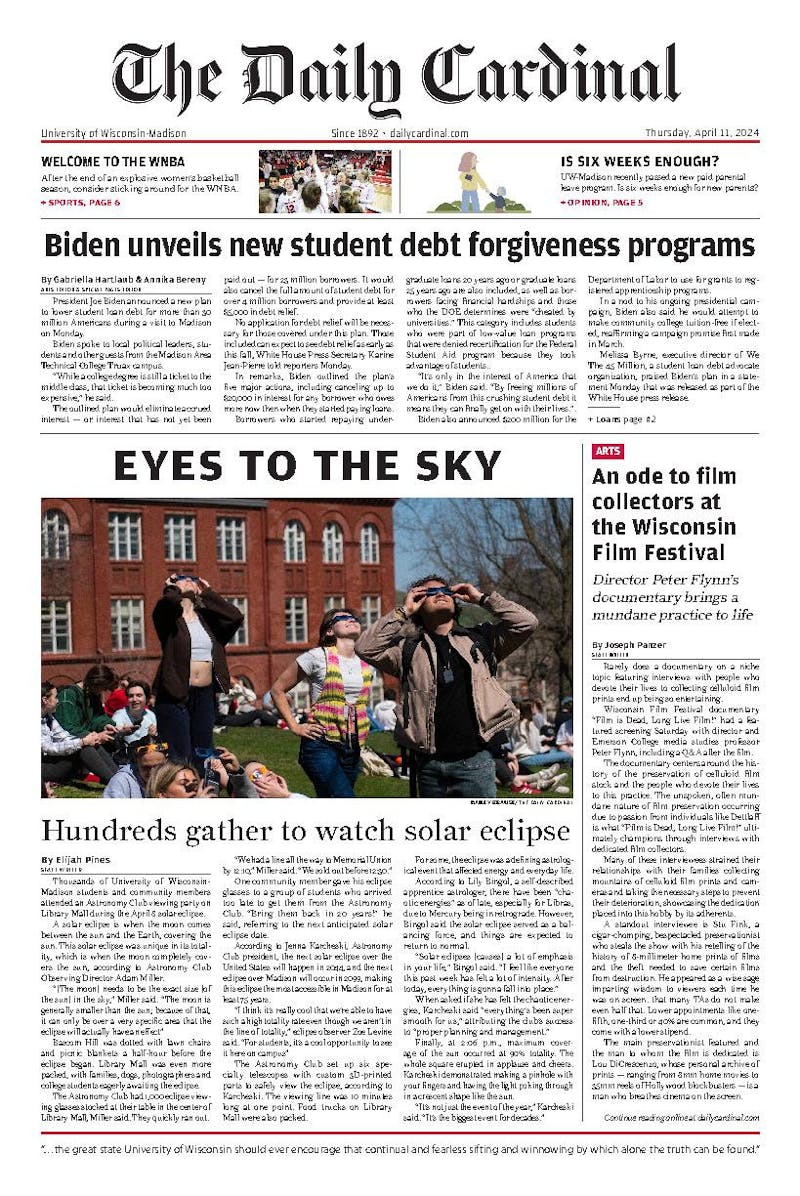One of my regrets from the summer was not finishing “Annals of the Former World” by John McPhee. Besides the fact he is one of the most terrific writers of the past 60 years, “Annals of the Former World” concerns itself with geology and geologic history, a subject of renewed interest for me. My interest is semi-facetious—although as an environmental studies major, rocks are generally always relevant—insofar as I don’t care so much for the names of eras and what they entail (I also have less of a memory for such things). But what really gets me about it is the geochronology aspect. The time part.
There are many levels of time in “Annals of the Former World,” including the time McPhee spends describing his travels with geologists around the country, as well as the ossified time that is the purview of those geologists—the eons of rock that have been borne along longer than the scope of most anything. It is not even strictly linear; McPhee devotes much of the book chronicling, via flashback and exposition, the pasts of his fellow geologists, and their adventures in the field do not follow an orderly chain through geologic time.
Temporality is, I think, a subject of considerable value to writers. Strictly speaking, it refers to the linearity of time, but strictly linear time is cramping for writers, an order that invites mistrust and skepticism. Broadly, temporality refers to the condition of being in time. And it crops up in very interesting ways.
Any novel that touches on time travel is playing with temporality. Any novel requiring significant reminiscences, like Proust’s “A la recherche du temps perdu” or Richler’s “Barney’s Version” is playing with temporality. Faulkner’s books are a tangle through the thorny bramble of southern history. “Ulysses” takes one day and ekes it out with myth and insight and knowledge and words, words, words.
I know what you’re thinking. An English major, a literature columnist and a Humanities student, talking about the significance of time? He probably doesn’t even know what time dilation is!
Well, maybe you’re not thinking that. But you’d be right—I have no background in physics, no understanding of relativity beyond a sort of tepid dilution I learned in high school, no understanding of spacetime. What I do have is books. Lots and lots of books.
Reading books is an exercise in temporality. Not even in matter but in form. It’s an idea Martin Amis keyed into in “Time’s Arrow” (where the book is written backwards, so it starts at the end and ends at the start) but Amis’ take is a very self-conscious, postmodern approach—the “ooh look at me” approach. But when you look at how a book is set up, paper or ebook, you realize that it butts up against conventions of time.
Take a book that’s written “normally,” i.e. straightforwardly. Turn to a random page, then turn a few pages backward. Take a history book and jump around the chronology of it, random page after random page. You’re traveling through time, if you’ll allow such a cloying simplification.
There’s a phrase from “Portrait of the Artist as a Young Man” by James Joyce I picked up after having missed it the first few times: “Time is, time was, but time shall be no more.” In the context of the novel, it refers to Hell as being eternal, but I, after considering, appropriate it more towards the reading of books—and by extension the living of life.
What is time to a book? Sometimes consciously organized, sometimes folding in and over itself. It’s a scrunched, furrowed ball that seethes with seconds and centuries; it’s a distended, furious promulgation of moments in the strata of years and eons. Patient geologies. Patient anthologies.
Time is lived in context. Who has lived every minute as a minute? Who could look back at a life annulated with the stroke of every circumspect second? Either out of time’s inconstancy or our inconsistencies, we don’t feel the sweep of an incremental timestream. Time is lived, time occurs in hours and minutes and the swinging of the clock and the sweet diurnal swivel, but life and the clock and the swivel do not dictate time.
That’s why time, temporality, is so important, in my mind, to writing. Because time takes on the color and consistency of what it envelops, in books and in life. It’s the seeds of Proust’s fruits of memory—it’s the erratum of dispossessed memories in “Barney’s Version.” It’s what delves through McPhee’s “Annals of the Former World.” It moves outside of linearity, outside of the clock. It’s not inert.
Have any questions about time? Are you temporally displaced, “Quantum Leap” style? Let Sean know at sreichard@wisc.edu.






